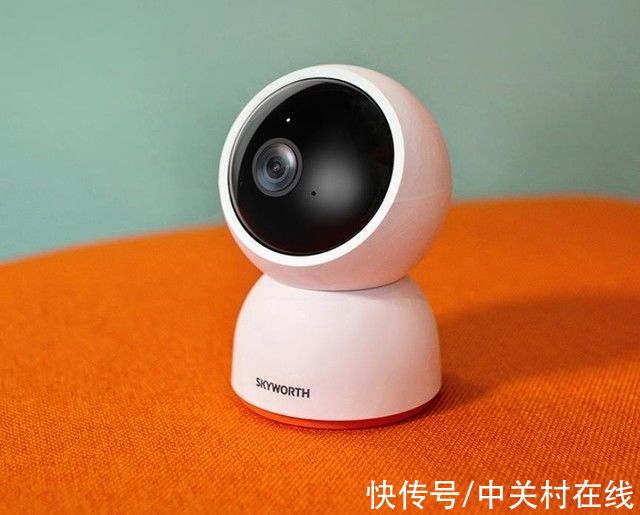设计模式之适配器模式
一、适配器模式的定义 【设计模式之适配器模式】将一个类的接口转换成客户希望的另外一个接口。使得原本由于接口不兼容而不能一起工作的那些类可以一起工作
二、适配器的角色与职责 
文章图片
Target(目标抽象类):目标抽象类定义客户所需接口,可以是一个抽象类或接口,也可以是具体类
Adapter (适配器类) : 适配器可以调用另一个接口, 作为一个转换器, 对 Adaptee和Target进行适配,适配器类是适配器模式的核心,在对象适配器中,它通过继承 Target 并关联一个 Adaptee 对象使二者产生联系
Adaptee(适配者类):适配者即被适配的角色,它定义了一个已经存在的接口,这个接口需要适配,适配者类一般是一个具体类,包含了客户希望使用的业务方法,在某些情况下可能没有适配者类的源代码
三、适应场景 (1) 系统需要使用一些现有的类,而这些类的接口(如方法名)不符合系统的需要,甚至没有这些类的源代码
(2) 想创建一个可以重复使用的类,用于与一些彼此之间没有太大关联的一些类,包括一些可能在将来引进的类一起工作
四、示例代码
#define _CRT_SECURE_NO_WARNINGS
#include
#include
using namespace std;
//A 需要治疗感冒
class PersonA{public:
void treatGanmao(){
cout << "A 需要治疗感冒!" << endl;
}
};
//B 需要治疗头疼
class PersonB{public:
void treatTouteng(){
cout << "B 需要治疗头疼!" << endl;
}
};
//目标接口
class Target{
public:
virtual void treat() = 0;
};
//将 PersonA 的 treatGanmao 接口适配成 treat
class AdapterPersonA : public Target{public:
AdapterPersonA(){
pPerson = new PersonA;
}virtual void treat(){
pPerson->treatGanmao();
}private:
PersonA* pPerson;
};
//将 PersonB 的 treatTouteng 接口适配成 treat
class AdapterPersonB : public Target{public:
AdapterPersonB(){
pPerson = new PersonB;
}
virtual void treat(){
pPerson->treatTouteng();
}private:
PersonB* pPerson;
};
//医生
class Doctor{public:
void addPatient(Target* patient){
m_list.push_back(patient);
}void startTreat(){
for (list::iterator it = m_list.begin();
it != m_list.end();
it ++){
(*it)->treat();
}
}private:
list m_list;
};
//测试
void test(void){
//创建三个病人
Target* patient1 = new AdapterPersonA;
Target* patient2 = new AdapterPersonB;
//创建医生
Doctor* doctor = new Doctor;
doctor->addPatient(patient1);
doctor->addPatient(patient2);
//医生逐个对病人进行治疗
doctor->startTreat();
}int main(){
test();
system("pause");
return EXIT_SUCCESS;
}
推荐阅读
- PMSJ寻平面设计师之现代(Hyundai)
- 太平之莲
- 闲杂“细雨”
- 七年之痒之后
- 深入理解Go之generate
- 由浅入深理解AOP
- 期刊|期刊 | 国内核心期刊之(北大核心)
- 生活随笔|好天气下的意外之喜
- 感恩之旅第75天
- python学习之|python学习之 实现QQ自动发送消息









